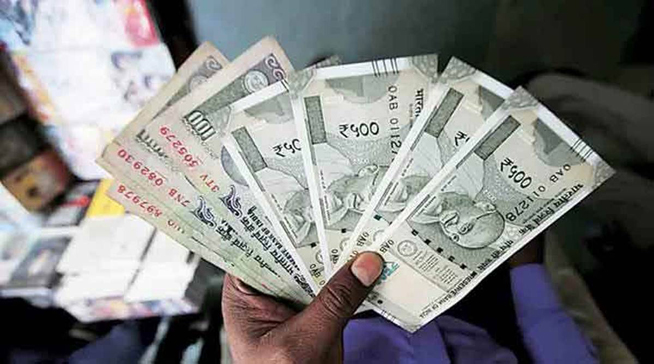Small MFIs expected to get Rs. 2,000-3,000 crore from SFBs: Report
According to Acuite Ratings and Research, RBI’s move to classify loans by small finance banks (SFBs) to certain microfinance lenders as priority sector is expected to boost lending by about Rs. 2,000-3,000 crore.
RBI Governor Shaktikanta Das has recently announced that SFBs will be permitted to reckon fresh lending to MFIs with asset size of up to Rs. 500 crore for on-lending to individual borrowers as priority sector lending. This facility will be available up to March 31, 2022.
While scheduled commercial banks have funded large MFIs, they have been reluctant to sanction loans to those smaller in size, the rating agency said. It also added that small finance banks understand the small microfinance segment better since the majority of the SFBs started their operations as small MFIs.
Acuite Ratings and Research expects that this measure will lead to an incremental funding of Rs. 2,000-3,000 crore over FY22 and therefore provide support to the liquidity position of these players. Further, the cost of these incremental borrowings is expected to be less for such loans as SFBs will be able to access Special Long-Term Repo Operations (SLTRO) funds at a repo rate of 4% and up to three years.
“The latest measures announced by the Reserve Bank of India (RBI) to mitigate the fresh systemic risks arising from the intense impact of COVID are timely and will benefit the MFI sector,” it stated, adding that while the industry was in a gradual recovery phase from the December quarter of FY21 through an improvement in the delinquencies and disbursements levels, the second COVID-19 wave has started to disrupt that nascent recovery.
“With the steady moderation in the covid-19 infections since the first peak in mid-September 2020, there has been a visible improvement quarter on quarter in collection efficiency and portfolio delinquency levels for MFI players. The disbursements also started to gain momentum with Q3FY21 disbursals in line with similar period last year and Q4FY21 estimated to be 20% higher than Q4FY20,” the rating agency further added.




